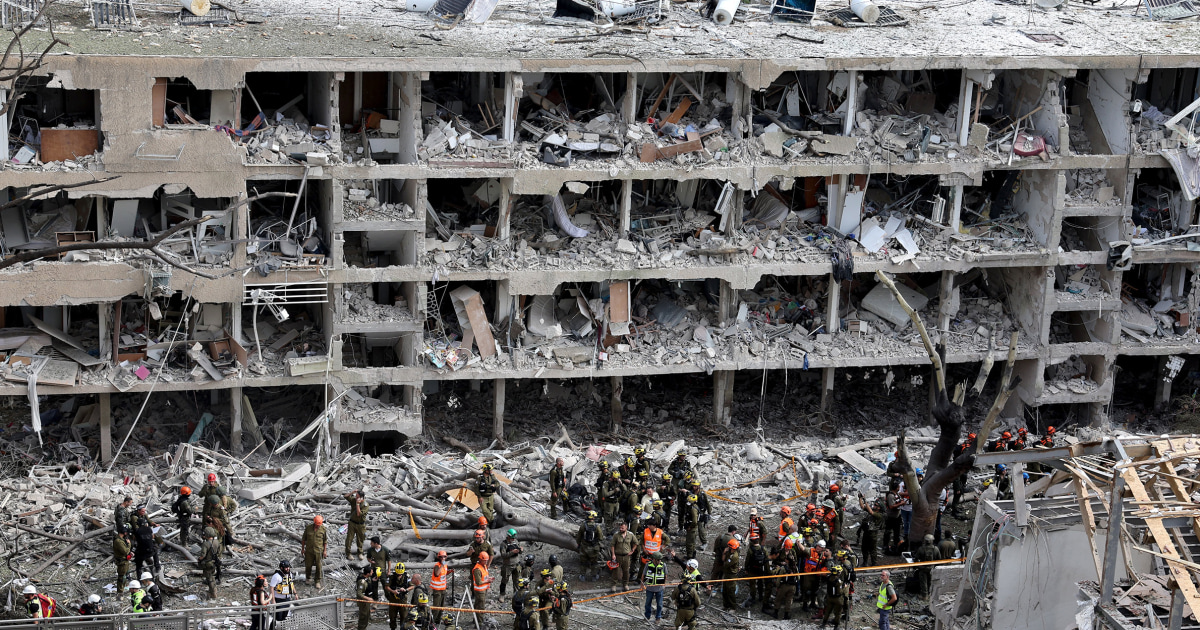Air Strikes on Iranian Nuclear Sites: A Detailed Account
In a major military operation, over 125 American aircraft were involved in a meticulously planned mission targeting three key Iranian nuclear facilities: Fordo, Natanz, and Isfahan. This significant development was revealed in a news conference earlier today by Air Force General Dan Caine, the chairman of the Joint Chiefs of Staff. The scale and detail of this mission highlight the complexities of modern military engagements and the sophistication of U.S. military technology.
The Decoy Strategy
The operation commenced at midnight Friday with a large strike package of B-2 stealth bombers launching from U.S. soil. In a strategic move, part of this package veered westward into the Pacific Ocean, serving as a decoy to distract potential adversaries. This clever tactic illustrates the lengths to which military planners go to minimize detection and maximize the element of surprise. The main focus, however, was on a contingent of seven B-2 Spirit bombers, each operated by two skilled crew members.
Stealth and Coordination
As the B-2s embarked on their 18-hour journey to the target area, they maintained minimal communications to preserve operational security. Once they reached Iranian airspace, these bombers were refueled mid-air, linking up with escort and support aircraft through a complex maneuver marked by precise timing and synchronization that speaks to the high level of training and coordination within the U.S. military.
Preemptive Strikes and Air Defense
Just before the strike package crossed into Iranian airspace at approximately 5 p.m. ET, an American submarine launched over two dozen Tomahawk land-attack cruise missiles targeting critical surface infrastructure at Isfahan. This coordinated assault was not just about aerial bombardment; it involved a comprehensive strategy aimed at overwhelming Iranian defenses and ensuring the success of the main operation.
The Precision of Bunker Busters
At 2:10 a.m. local time (6:40 p.m. ET), history unfolded as the lead B-2 released two GBU-57 Massive Ordnance Penetrator (MOP) bombs on the Fordo facility—an underground site known for its role in nuclear enrichment. In total, 14 of these so-called "bunker busters" were deployed across two different nuclear targets. The use of such advanced munitions indicates that the U.S. military sought not just to damage but to significantly disrupt Iran’s nuclear ambitions.
The Time Frame of Engagement
From 6:40 to 7:05 p.m. ET, all three Iranian nuclear sites underwent simultaneous airstrikes. The precision of this operation underscores the rigorous planning and execution involved in modern warfare, showing how technology, strategy, and intelligence converge on the battlefield.
Tactical Exits
After accomplishing their objectives, the bombers exited Iranian airspace, signaling the completion of this critical phase. The ability of these aircraft to return to base safely after a high-stakes operation showcases the advanced capabilities of U.S. military aviation and their operational planning.
This operation represents not just a tactical strike but also a statement of national security policy in the face of perceived threats, demonstrating a clear commitment to addressing nuclear proliferation concerns through decisive action.


